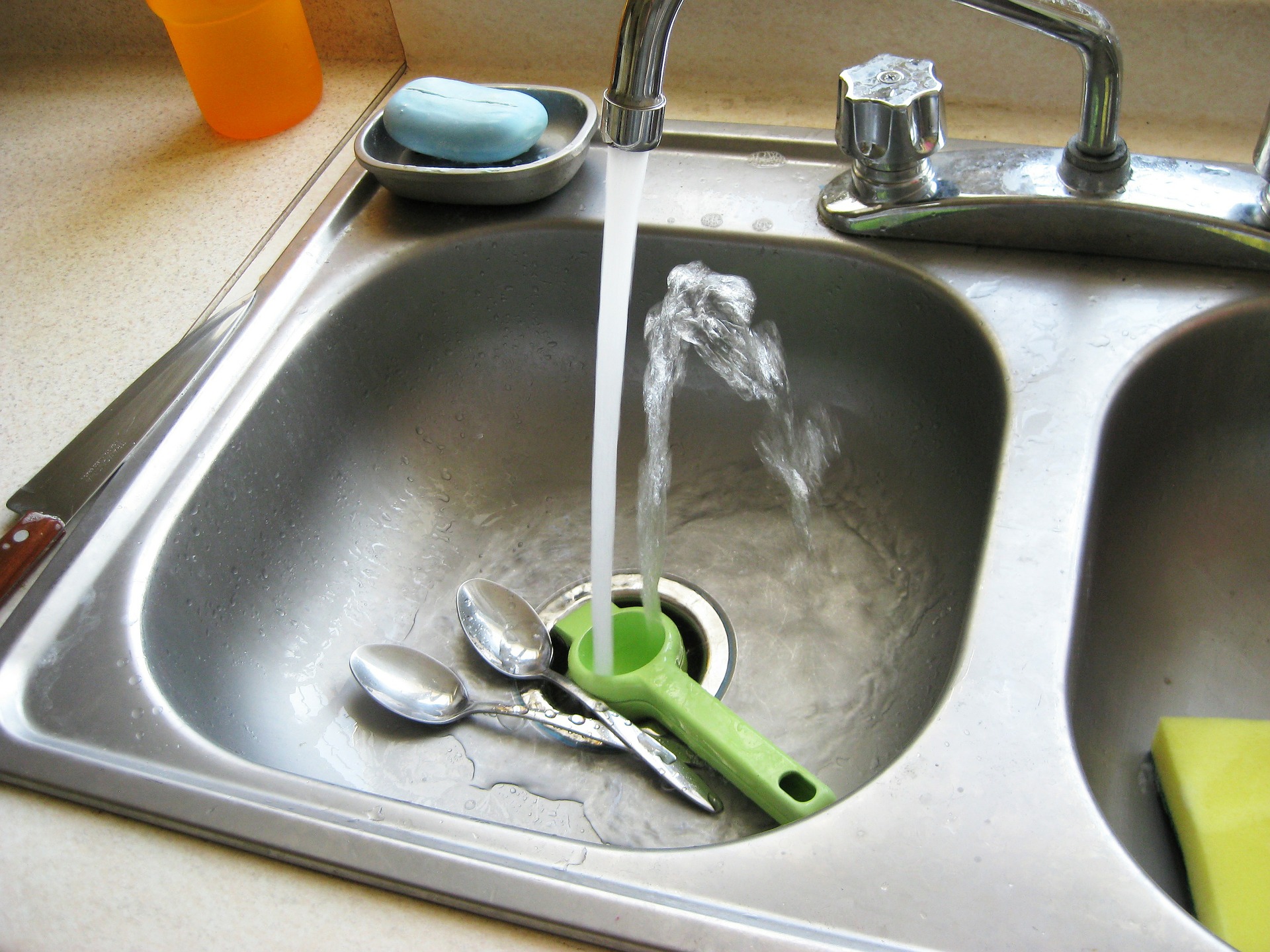What is a good way to measure one's daily water use? Is there a gadget to attach to one's faucets to measure how much water is being used?
Cris Gutierrez, '77, MA '88, Santa Monica, Calif.
Several years ago, I worked for an organization that trained youth to conduct household water audits for low-income families. So, when I sat down with my laptop and a cup of coffee to answer this question I immediately jumped to the conclusion that most of my daily water use must come from my shower, my water bottle, my dishwasher, and/or my faucet. But that’s not true: According to WaterFootprint.org, however, only about 5 percent of the average American’s water runs down the drain or into the yard at home. So where’s the other 95 percent?
Most of the water you use is sitting between two hamburger buns, motoring with you down the highway, hugging your hips and storing your emails. That’s right, the other 95 percent is hidden in your diet, transportation and consumer goods. For example, it takes about 634 gallons of water to produce a small hamburger patty. Apparently being a vegetarian saves more than animals—it saves water. The computer I’m using, meanwhile, took about 40,000 gallons of water to produce, about the same as the car I drive. A cup of coffee—55 gallons. Even the cotton for my “green the planet” T-shirt required 500 gallons of water.
I know how to track in-home water use (more on that in a moment) but, frankly, I was overwhelmed by the prospect of trying to calculate this “embedded” water consumption. Fortunately, there are online tools you can use to estimate your average daily water footprint—your total daily or yearly water use.
Waterfootprint.org has a calculator for your yearly water footprint from general questions about diet, household water use and consumer budget.
These tools will give you a general sense of your average water footprint, and can help you make water-saving changes. But keeping track of your specific, at-home water use can also help you save water and money. Even though household water use is a small portion of our total water footprint, approximately 5.4 billion gallons of water could be saved each day in America if every household installed water-saving fixtures. That’s more than $11 million worth of water savings.
So what do you do? First, conduct a household water audit using the instructions in the Nitty Gritty. Quantifying water use in the home is the easiest and cheapest way to identify costly leaks and start taking responsibility for your water use. Did you know, for example, that fixing all the leaks in your household will save you an average of 27 gallons of water per day? That’s equivalent to flushing . . . or not flushing your toilet 17 times. Second, try a more detailed tool to help you calculate and keep track of your daily water use. Being the “engi-nerd” that I am, I decided to put together a more detailed calculator to give you a closer look at your daily water use based on specific household fixtures/appliances, diet habits, transportation preferences, and some consumer goods. In addition, the tool includes a section where you can record the household water audit results described in the Nitty Gritty. And if you find yourself geeking out over your footprint there is even space in the tool to add more foods or consumer goods to your calculations.
And read the Nitty Gritty for instructions and details on how you can use the results to decrease your water use.



